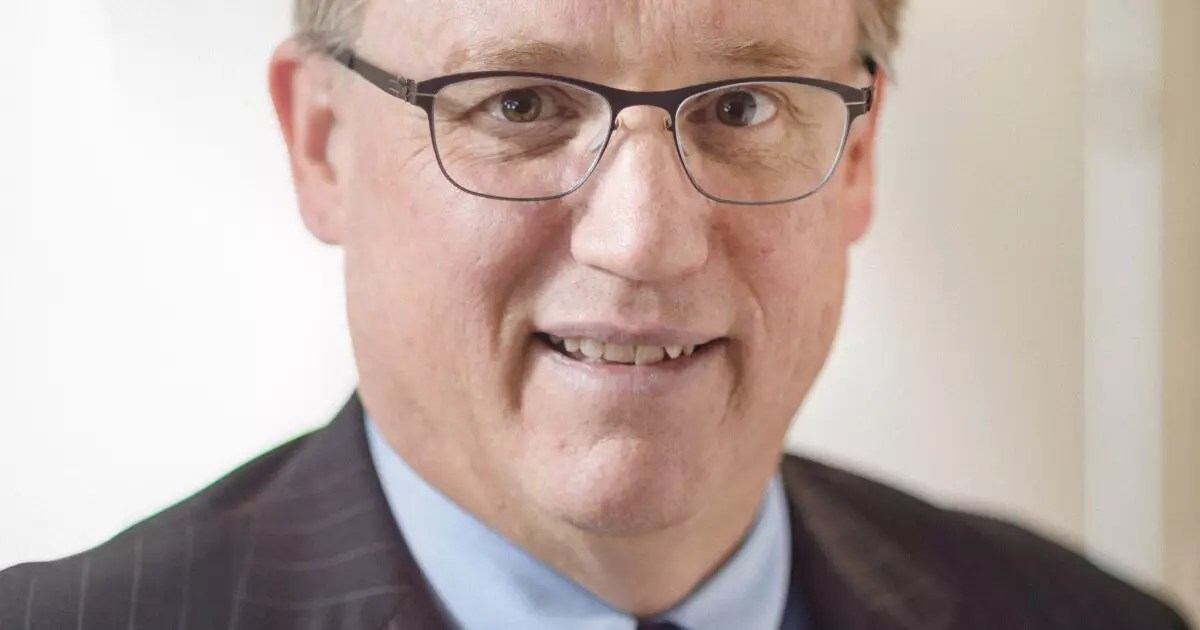In a recent announcement from the District of Columbia’s chief financial officer, Glen Lee, a noteworthy rise in revenue has emerged, totaling $169.7 million. This spike, when juxtaposed with projections from September, reveals a complex interplay of factors contributing to fiscal health. However, Lee’s candid appraisal suggests that these increases are largely influenced by temporary measures rather than sustainable growth, alerting stakeholders to the transient nature of this financial windfall.
The uptick in revenue primarily springs from one-time litigation proceeds and year-end accounting adjustments pertaining to past cost recoveries. While such numbers may initially appear optimistic, they serve as a cautionary reminder about the fragility of the district’s financial base. The remaining revenue increase can be attributed to higher collection rates for property taxes and unexpected surges in withholding and corporate taxes, which, though positive, may reflect fluctuations rather than a solid foundation for future projections. Glen Lee’s letter highlights that nearly 46% of this revenue boost is non-recurring, implying that reliance on such sources for long-term financial stability could be misplaced.
Accompanying the financial effusion is a recent report from the U.S. Census Bureau, indicating a demographic increase in Washington D.C. of 14,926 residents, translating to a 2.2% boost from the previous year. This growth appears predominantly driven by international migration, a focal point for the incoming administration, which can potentially invigorate various sectors within the local economy. However, the quality and sustainability of this growth cannot be guaranteed, particularly if federal employment policies continue to shift.
The concern surrounding the federal workforce’s dynamics looms large, especially in light of past relocations initiated by the current presidential administration. The exodus of federal agencies, including significant moves such as the Bureau of Land Management to Colorado and various departments shifting to Missouri, complicate Washington D.C.’s economic landscape. With federal employment constituting about 25% of local jobs and representing a striking 28% of wage contributions, the uncertainty regarding this workforce not only affects employment but threatens to destabilize commercial real estate markets.
Mayor Muriel Bowser has previously stated that a cohesive return to office policy is critical for revitalizing the local economy. The disparity among agencies’ remote work policies creates challenges not only for public sector employees but also extends to the private sector reliant on federal clientele. As Bowser articulated at a recent Congressional subcommittee hearing, the current disjointed work paradigm is unsustainable and hinders the city’s economic prosperity.
Moreover, the ripple effect of reduced federal workforce presence manifests in rising vacancy rates in office buildings, straining property values and local businesses alike. The decline in tenants leads to lease retractions, further diminishing overall real estate security within the district. This uncertainty concerning work habits in downtown Washington hampers the financial viability of the Washington Metropolitan Area Transit Authority (WMATA), whose funding relies significantly on contributions from the district, state governments, and fare revenues. With a return to pre-pandemic ridership still uncertain, WMATA’s reliance on stably employed transit users remains precarious.
While an increase in revenue is certainly a positive development for Washington D.C., the underlying factors necessitate a conservative approach to fiscal projections. The transient nature of these revenues, compounded by diminishing federal employment and uncertain workplace norms, portends challenges ahead. Mayor Bowser’s call for cohesive operational policies in federal agencies remains a pivotal component for fostering stability and predicting economic resilience. It will be crucial for local governance to engage proactively with these challenges to cultivate a robust recovery trajectory that transcends reliance on one-off boosts and fosters sustainable growth.
In engaging with these themes, it becomes abundantly clear that Washington D.C.’s economic future is intricately linked to both its revenue composition and larger workforce dynamics, thereby requiring astute navigation through the complexities of modern governance and economic management.


Leave a Reply